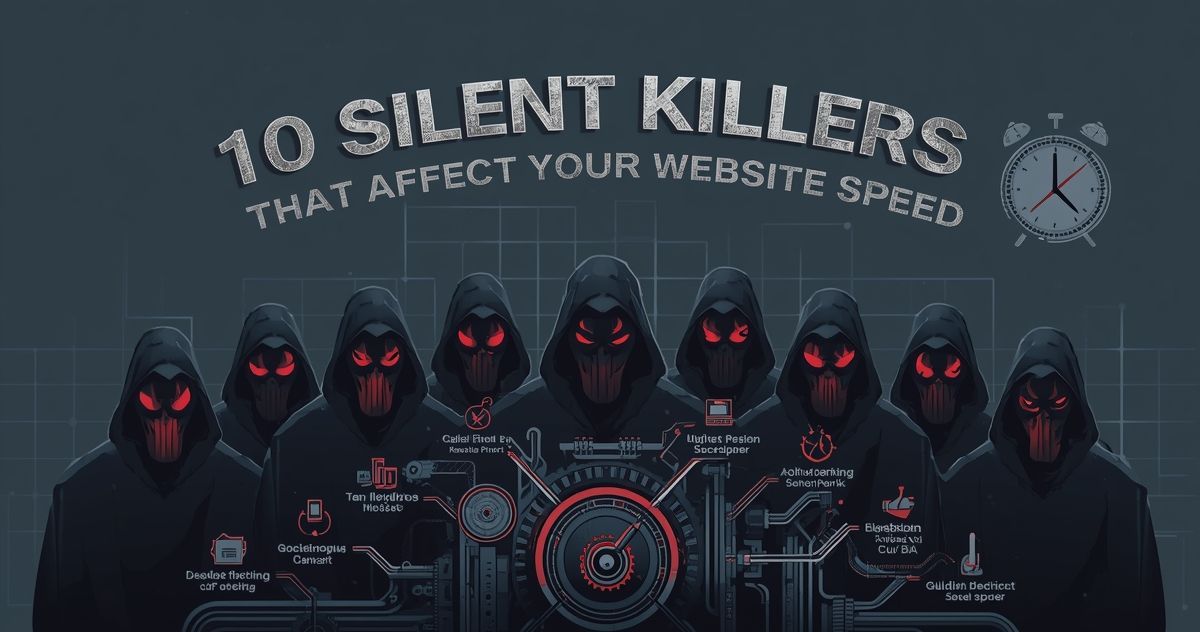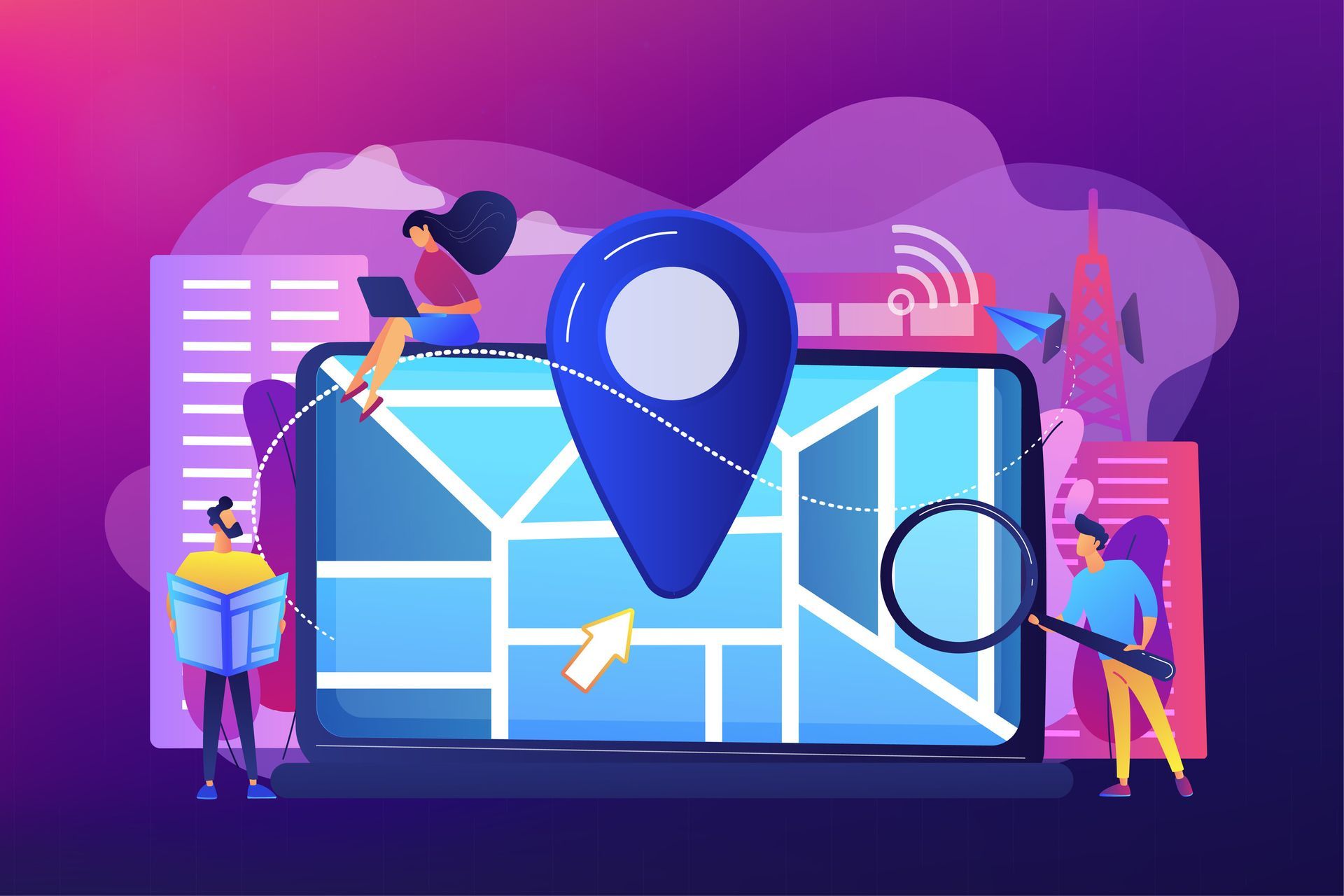7 Tips for Product Pricing the Right Way
Setting the right price for your product can be challenging. It’s crucial, yet many struggle with it. You want to ensure your offer is appealing to customers without underselling its value.
Pricing too high can deter potential buyers while pricing too low can leave you with slim profits. It's all about balance.
The key is understanding your market, your costs, and the perceived value of your product. In this post, we'll share seven essential tips to help you with product pricing.
By the end, you’ll be better prepared to set prices that attract customers and grow your business.
Understanding Your Pricing Strategy's Importance
- Competitive Edge: A well-thought-out pricing strategy can differentiate your product from competitors and position it as a preferred choice among consumers.
- Profit Maximization: Setting the right price ensures you cover your costs and generate a profit, enabling sustainable growth for your business.
- Customer Perception: Prices influence how customers perceive the value and quality of your product. A strategic price point can enhance your brand's reputation.
- Market Penetration: Competitive pricing can help you gain a larger market share, especially when entering a new market or launching a new product.
- Adaptability: A flexible pricing strategy allows you to adjust prices based on market conditions, demand fluctuations, and seasonal trends.
- Customer Loyalty: Fair and consistent pricing can build trust and loyalty among your customers, encouraging repeat purchases and word-of-mouth referrals.
- Financial Stability: Proper pricing helps maintain an optimal cash flow, ensuring your business can meet its financial obligations and invest in future growth.
Cost-Plus Pricing vs. Value-Based Pricing
| Aspect | Cost-Plus Pricing | Value-Based Pricing |
|---|---|---|
| Definition | Adds a standard markup to the cost of the product. | Sets price based on the perceived value to the customer. |
| Focus | Internal costs. | Customer perceptions and market demand. |
| Simplicity | Simple to calculate by adding a fixed percentage. | More complex, requires market research and analysis. |
| Profit Margin | Generally ensures a consistent profit margin. | Can result in higher profit margins if perceived value is high. |
| Flexibility | Less flexible, doesn’t account for market variations. | Highly flexible, adaptable to changes in consumer demand and market conditions. |
| Risk | Lower risk, predictable margin. | Higher risk, dependent on consumer perception and competition. |
| Example Use Case | Common in manufacturing and retail. | Common in luxury goods and tech industries. |
Research Your Market
Understanding your market is crucial for effective pricing strategies. Here are some steps to conduct thorough market research:
- Identify Your Target Audience: Know who your customers are, including their demographics, preferences, and purchasing behaviors.
- Analyze Competitors: Look at how similar products are priced by competitors. Evaluate their sales volumes and customer feedback to understand market standards.
- Survey Potential Customers: Conduct surveys or focus groups to gather direct feedback on price expectations and perceived value.
- Study Market Trends: Stay updated on industry trends and economic factors that could influence pricing. This includes monitoring changes in consumer spending habits or technological advancements that affect the market.
Choose the Right Pricing Model
Selecting the appropriate pricing model is essential for aligning your pricing strategy with your business objectives and market conditions.
Common Pricing Models
- Penetration Pricing: Set a low initial price to quickly attract customers and gain market share. This can be effective in a highly competitive market.
- Skimming Pricing: Start with a high price and gradually lower it over time. This is often used for innovative products with low competition early on.
- Dynamic Pricing: Adjust prices based on real-time demand and supply conditions. This model is frequently seen in industries like airlines and event ticketing.
- Freemium: Offer a basic version of your product for free while charging for premium features. This model is popular in software and digital services.
Monitor and Adjust
Your pricing strategy should be dynamic and adaptable to changes in the market and business environment. Here's how to stay on top of your pricing game:
- Regularly Review Metrics: Track key performance indicators (KPIs) such as sales volume, profit margins, and customer acquisition costs to gauge the effectiveness of your pricing.
- Gather Customer Feedback: Continuously collect and analyze customer input to understand their price sensitivity and perceived value.
- Stay Agile: Be prepared to adjust your prices based on new competitors, market trends, and economic changes. Flexibility is key to long-term success.
- Test and Iterate: Experiment with different pricing strategies, such as A/B testing different price points, to determine what resonates best with your audience.
Stay Ahead with Competitor Analysis
Conducting regular competitor analysis is crucial for maintaining a competitive edge in the marketplace. Understanding your competitors' pricing strategies and customer engagement tactics can provide valuable insights for refining your own approach.
Key Steps in Competitor Analysis:
Identify Key Competitors:
- Determine who your direct and indirect competitors are.
- Look for businesses that offer similar products or services within your market.
Analyze Their Pricing Strategies:
- Study the pricing models and strategies your competitors utilize.
- Note any seasonal pricing adjustments or promotional discount patterns.
Understand Their Value Proposition:
- Review their value offerings, including customer service, product features, and brand reputation.
- Assess how their perceived value compares to your own product.
Tools for Effective Competitor Analysis:
- Google Alerts: Set up alerts for competitor names and products to stay informed about their latest activities.
- Social Listening Tools: Use tools like Hootsuite or Sprout Social to monitor competitors' social media engagement and customer feedback.
- Market Research Reports: Leverage industry reports and market analysis to gain deeper insights into competitor strategies and market position.
The Psychology of Pricing
Psychological factors play a significant role in how customers perceive prices and make purchasing decisions. Understanding these psychological triggers can give small business owners a competitive edge.
One common strategy is charm pricing, where prices are set slightly below a round number (e.g., $9.99 instead of $10). This technique takes advantage of the way customers process numbers, often perceiving the price as significantly lower due to the left-digit effect.
Another effective tactic is creating a sense of urgency or scarcity, such as limited-time offers or exclusive deals for the first few buyers. These strategies can encourage prompt purchasing decisions by tapping into customers' fear of missing out (FOMO).
Bundling products or offering tiered pricing can also influence customer choices, providing perceived value and incentivizing larger purchases. By leveraging these psychological principles, you can craft pricing strategies that resonate with consumers and drive sales.
Is your pricing strategy driving the growth you desire?
Pricing is a powerful lever that can drive growth, profitability, and customer satisfaction.
Remember, pricing is not static; it's an evolving process that requires continuous monitoring and adjustment. Stay informed about market trends, competitor strategies, and customer feedback to ensure your pricing remains competitive and effective.
By mastering the art of pricing, small business owners can unlock new opportunities for success and build a strong foundation for long-term growth.
GSD Profit Acceleration offers tailored
digital marketing services in Loveland, focusing on leveraging digital insights to help them thrive. Our dedicated team crafts effective strategies based on your specific needs. Contact us at 1-501-303-7477 or bobby@gsdbusinesscoaching.com to explore how we can support your growth and success.









